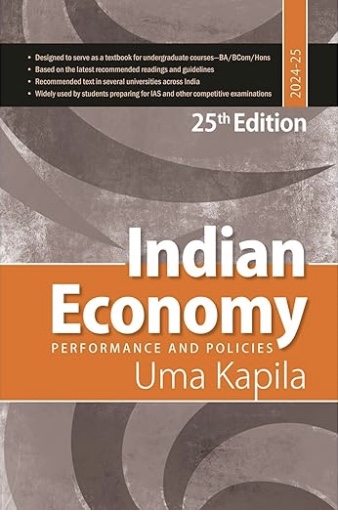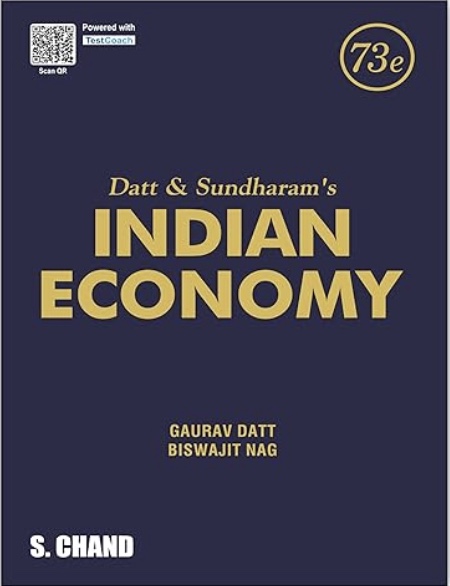Anyone who is preparing for IAS Economics Optional, first thing they should look at, is the syllabus for IAS Economics Optional for 2026. It gives a broad idea, what needs to be prepared and what not. In this post, I will discuss about the syllabus in detail, with books to be read for each of the topics and sub-topics, alongside.
In UPSC Mains Examination, there are two papers for optional subject. Paper I and Paper II, each carrying 250 marks
Official Syllabus for IAS Economics Optional
Paper I
Advance Micro Economics :
- Marshallian and Walrasian Approaches to Price determination.
- Alternative Distribution Theories : Ricardo, Kaldor, Kalecki.
- Markets Structure : Monopolistic Competition, Duopoly, Oligopoly.
- Modern Welfare Criteria : Pareto Hicks and Scitovsky, Arrow’s Impossibility Theorem, A. K. Sen’s Social Welfare Function.
Advance Macro Economics :
Approaches to Employment Income and Interest Rate determination : Classical, Keynes (IS-LM) curve, Neo-classical synthesis and New classical, Theories of Interest Rate determination and Interest Rate Structure.
Money-Banking and Finance :
- (a) Demand for and Supply of Money : Money Multiplier Quantity Theory of Money (Fisher, Pigou and Friedman) and Keynes’ Theory on Demand for Money, Goals and Instruments of Monetary Management in Closed and Open Economies. Relation between the Central Bank and the Treasury. Proposal for ceiling on growth rate of money.
- (b) Public Finance and its Role in market economy : in stabilization of supply, allocation of resources and in distribution and development. Sources of Government revenue, forms of Taxes and Subsidies, their incidence and effects. Limits to taxation, loans, crowding-out effects and limits to borrowings. Public expenditure and its effects.
International Economics :
(a) Old and New theories of International Trade.
(i) Comparative advantage,
(ii) Terms of Trade and offer curve.
(iii) Product cycle and Strategic trade theories.
(iv)Trade as an engine of growth and theories of under development in an open economy.
(b) Forms of protection : Tariff and quota.
(c) Balance of Payments Adjustments : Alternative Approaches.
(i) Price versus income, income adjustments under fixed exchange rates.
(ii) Theories of Policy mix.
(iii) Exchange rate adjustments under capital mobility.
(iv) Floating Rates and their implications for developing Countries : CurrencyBoards.
(v) Trade Policy and Developing Countries.
(vi) BOP, adjustments and Policy Coordination in open economy macro-model.
(vii) Speculative attacks.
(viii) Trade Blocks and Monetary Unions.
(ix) WTO : Trims, TRIPS, Domestic Measures, Different Rounds of WTO talks.
Growth and Development:
(a) (i) Theories of growth : Harrod’s model;
(ii) Lewis model of development with surplus labour.
(iii) Balanced Unbalanced Growth.
(iv) human capital and Economic Growth.
(v) Research and Development and Economic Growth.
(b) Process of Economic Development of less developed countries: Myrdal and Kuznets on economic development and structural change: Role of Agriculture in Economic Development of less developed countries.
(c) Economic Development and International Trade and Investment, Role of Multinationals.
(d) Planning and economic Development: changing role of Markets and Planning, Private-Public Partnership.
(e) Welfare indicators and measures of growth—Human development indices. The basic needs approach.
(f) Development and Environmental Sustainability—Renewable and Non Renewable Resources, Environmental Degradation, Intergenerational equity development.
Paper II
Indian Economy in Pre-Independence Era :
Land System and its changes, Commercialization of agriculture Drain theory, Laissez faire theory and critique. Manufacture and Transport: Jute, Cotton, Railways, Money and Credit.
Indian Economy after Independence :
The Pre-Liberalization Era :
(i) Contribution of Vakil, Gadgil and V.K.R.V. Rao.
(ii) Agriculture: Land Reforms and land tenure system, Green Revolution and capital formation in agriculture.
(iii) Industry Trends in composition and growth, Role of public and private sector, Small scale and cottage industries.
(iv) National and Per capita income : patterns, trends, aggregate and Sectoral composition and changes therein.
(v) Broad factors determining National Income and distribution, Measures of poverty, Trends in poverty and inequality.
The Post Liberalization Era :
(i) New Economic Reform and Agriculture: Agriculture and WTO, Food processing, subsidies, Agricultural prices and public distribution system, Impact of public expenditure on agricultural growth.
(ii) New Economic Policy and Industry: Strategy of industrialization, Privatization, Disinvestments, Role of foreign direct investment and multinationals.
(iii) New Economic Policy and Trade: Intellectual property rights : Implications of TRIPS, TRIMS, GATS and new EXIM policy.
(iv) New Exchange Rate Regime: Partial and full convertibility, Capital account convertibility.
(v) New Economic Policy and Public Finance : Fiscal Responsibility Act, Twelfth Finance Commission and Fiscal Federalism and Fiscal Consolidation.
(vi) New Economic Policy and Monetary system. Role of RBI under the new regime.
(vii) Planning: From central Planning to indicative planning, Relation between planning and markets for growth and decentralized planning: 73rd and 74th Constitutional amendments.
(viii) New Economic Policy and Employment: Employment and poverty, Rural wages, Employment Generation, Poverty alleviation schemes, New Rural, Employment Guarantee Scheme.
Syllabus discussion and Books recommendation for IAS Economics Optional | Paper I |
Advanced Microeconomics
Paper I in IAS Economics Optional, broadly covers the following topics
- Advanced Microeconomics
- Advanced Macroeconomics
- Money-Banking and Finance
- International Economics
- Growth and Development
Now, let us look at , what are the several sub topics in each of them.
In Advanced Microeconomics, official syllabus starts with Walrasian and Marshallian approaches to price determination, but we need to cover several other portions, before we hit this one. Consumer Theory and Producer theory have to be completed, before the Walrasian and Marshallian approaches to price stability. Although not mentioned directly in the syllabus, but in many years, they have asked questions directly from consumer and producer theory. So they have to be done
Then, in Markets, official syllabus straight away starts with Monopolistic competition, but before than that, Perfect competition and Monopoly have to be done. Again, several questions were asked from them too. This sub part, includes, all of Markets, starting from perfect competition, monopoly, monopolistic competition, Bertrand, cournot, stcakleberg duopoly oligopoly models.
After that, topics such as General Equilibrium and Welfare economics starts. It has many topics like welfare criterion, Pareto criterion, Kaldor Hicks criterion, Scitovsky double criterion, Arrow Impossibility Theorem, Sen’s Approach.
Lastly, alternative distribution theories of Ricardo, Kaldor and Kalecki, should be done.
The three books which I recommend for Advanced Microeconomics, IAS Economics Optional, are
- A Koutsoyiannis, Modern Microeconomics
- HL Ahuja, Advanced Microeconomic Theory
- Hal Varian, Intermediate Microeconomics
So, you should look for the topic, first in Koutsoyiannis, then in Varian, and if you can’t find, in either of them, then you will surely find it in HL Ahuja. I personally feel, Koutsoyiannis should be our base book, for this preparation
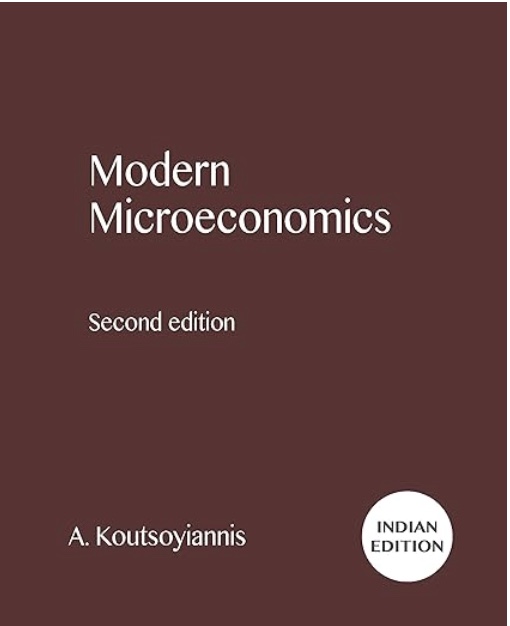
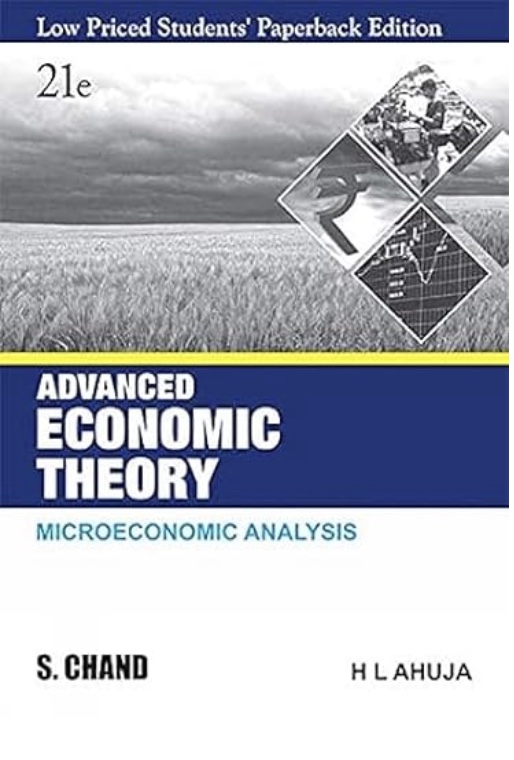
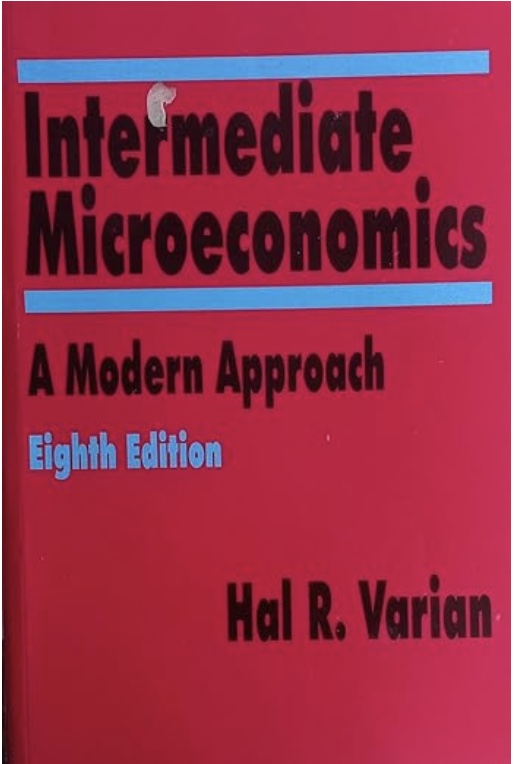
Advanced Macroeconomics
Syllabus for IAS Economics Optional, includes, following topics for Advanced Macroeconomics.
- Classical and Keynesian Approaches to Income , Employment and Interest rate determination.
- IS LM Model
- Neo-classical synthesis
- New classical Models
- Theories of Interest Rate determination and Interest Rate Structure
Some part of macro, spill over to other subtopics too, like Money and Banking and International Economics
There are three books which I recommend for this part :
- Froyen, Macroeconomics Theories and Policies
- Dornbush, Fischer and Startz, Macroeconomics
- Gordon, Macroeconomics (Mainly for New Classical Theories )
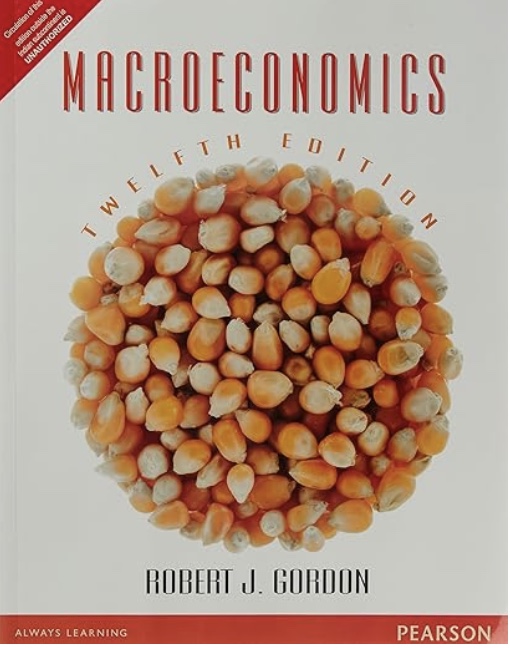
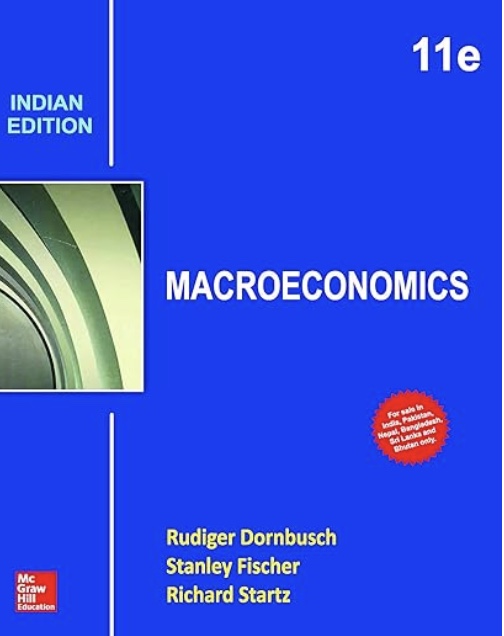
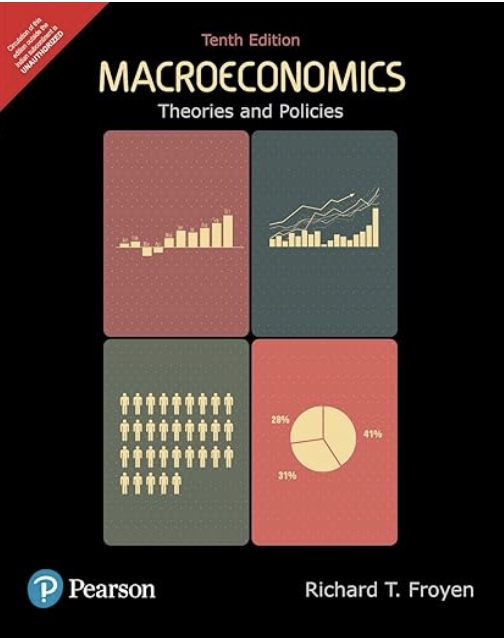
Money - Banking and Finance
This sub topic is divided in two parts, first part, involves Demand & Supply of Money and other open economy topics; while second part is related to Public finance
Part a.
- Demand for and Supply of Money
- Money Multiplier
- Quantity Theory of Money (Fisher, Pigou and Friedman)
- Keynes’ Theory on Demand for Money
- Goals and Instruments of Monetary Management in Closed and Open Economies.
- Relation between the Central Bank and the Treasury
- Proposal for ceiling on growth rate of money.
For Part a, books to be followed are same, as has been mentioned before for advanced macroeconomics.
Part b
- Public Finance and its Role in market economy in stabilization of supply, allocation of resources and in distribution and development
- Sources of Government revenue
- forms of Taxes and Subsidies
- their incidence and effects
- Limits to taxation
- loans, crowding-out effects and limits to borrowings.
- Public expenditure and its effects.
Books, which I recommend for part b i.e. Public Finance, are
- Musgrave and Musgrave, Public Finance in Theory and Practice
- HL Bhatia, Public Finance
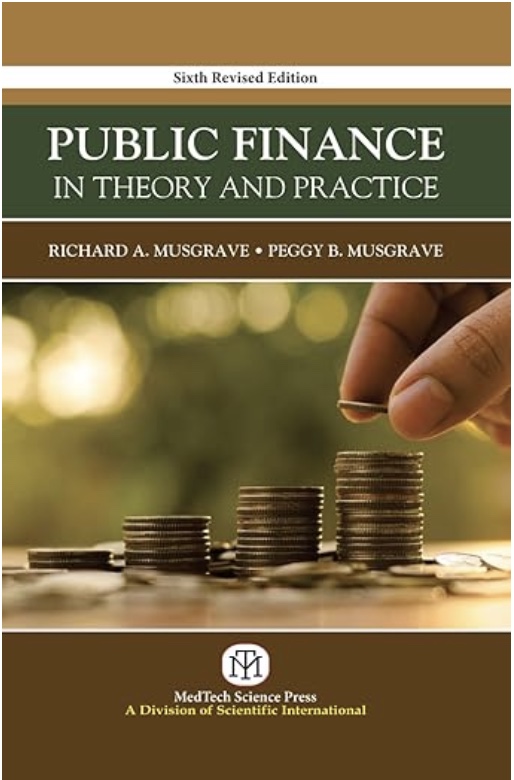
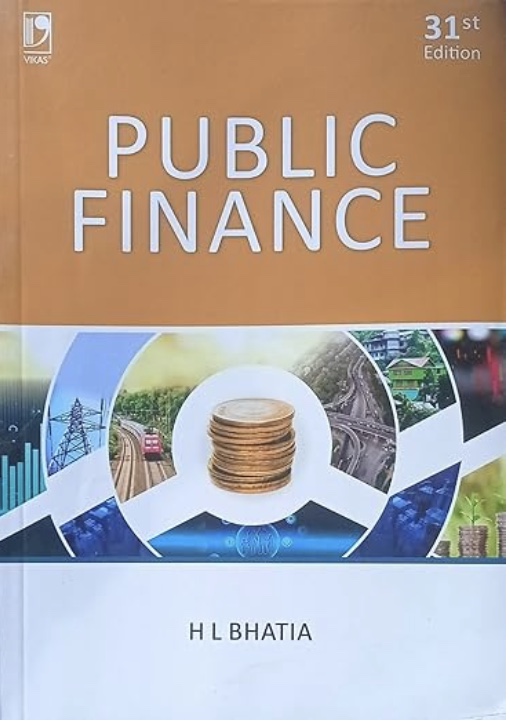
International Economics
In International Economics, UPSC Civil services, broadly asks us to prepare three main topics
- Old and New theories of International Trade : This covers Comparative Advantage, Hecksher Ohlin Model, Offer Curves, Product Cycle theory and other theories
- Forms of protection : Tariff and quota : This entails understanding of Tariffs, subsidies and quota. What are their impact on trade, how do they impact small and large economies and other related issues
- Balance of Payments Adjustments : This requires full understanding BOP models, particularly Mundell Flemming Model, Covered and uncovered interest parities, Marshall Lerner conditions, Sterilisation, Custom Unions and other topics
Books, which I recommend are two, you can follow either of them. My preference is Krugman, but many have used Salvatore too.
- Krugman, Obstfled, Melitz, International Economics, Theory and Policy
- Dominick Salvatore, International Economics
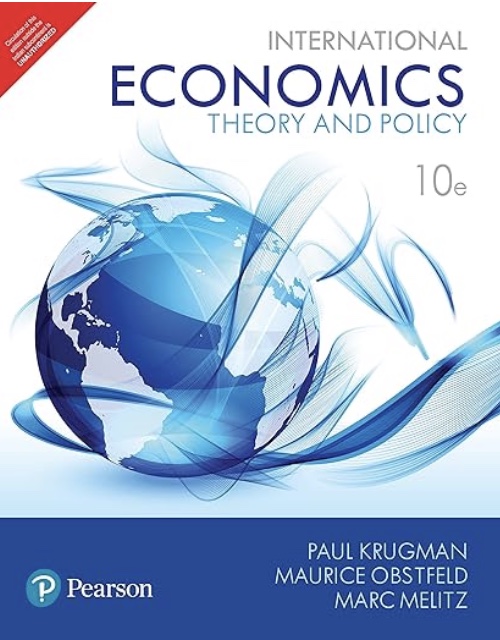
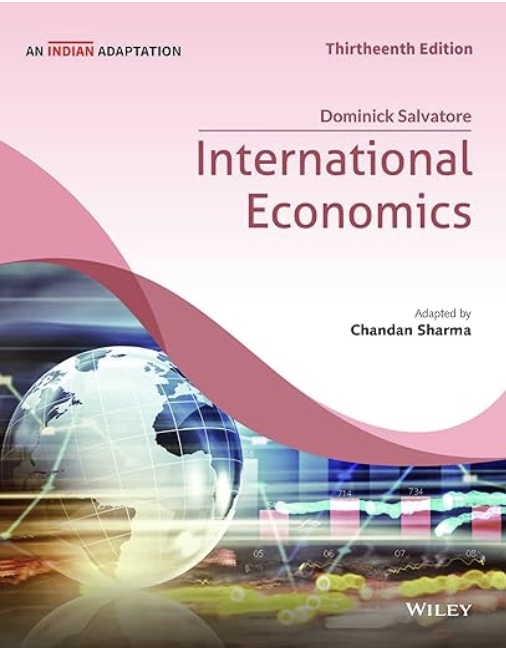
Growth and Development
The Growth and Development syllabus covers key growth theories like Harrod’s and Lewis’ models, balanced and unbalanced growth, and the role of human capital and research in growth. It includes structural changes in less developed countries, views of Myrdal and Kuznets, and the importance of agriculture. It also looks at trade, foreign investment, multinationals, planning vs markets, public-private partnerships, human development indices, basic needs, and issues of environmental sustainability and intergenerational equity.
This is a very broad syllabus, which includes some part of environmental economics also. There are two books which I recommend for growth and development. One is AP Thirwall and other is ML Jhingan. If you can’t find a topic at all in AP Thirlwall, then you may locate that in Jhingan
A.P. Thirwall, Economics of Development
M.L. Jhingan, Economics of Development and Planning
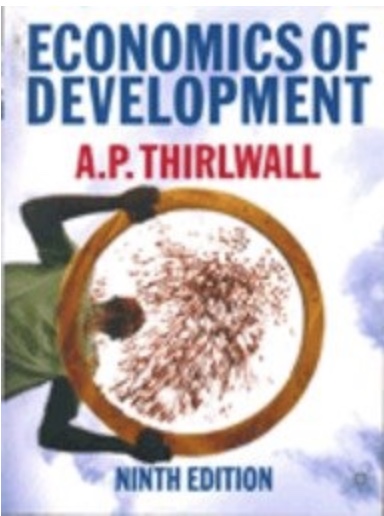
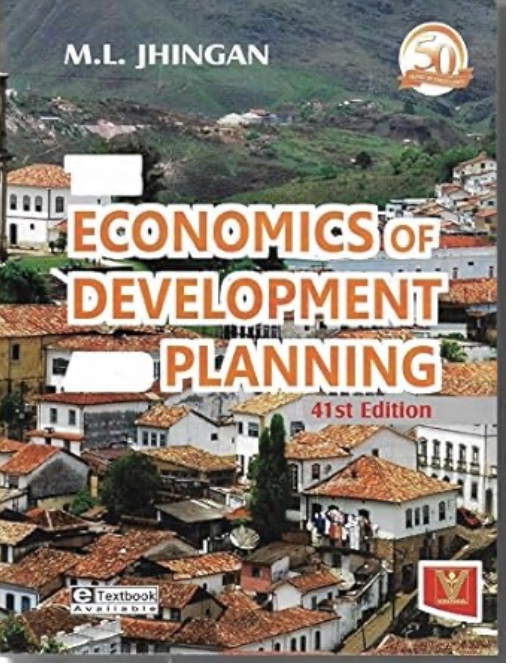
Paper II | Indian Economics |
Indian Economy in Pre-Independence Era
Land System and its changes, Commercialization of agriculture Drain theory, Laissez faire theory and critique. Manufacture and Transport: Jute, Cotton, Railways, Money and Credit
Economic History should be read through two main books. One is SRM Desai and other is Tirthankar Roy. We should be making proper notes of economic history, as around 50 marks paper, can be set from this topic only. My preference is SSM Desai’s book.
- S.S.M. Desai and Nirmal Bhalerao, Economic History of India
- Tirthankar Roy, The Economic History of India, 1857-1947
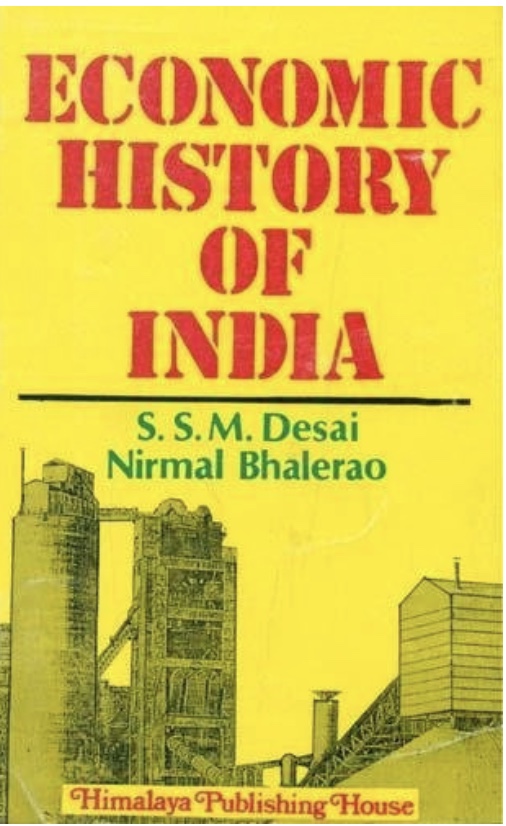
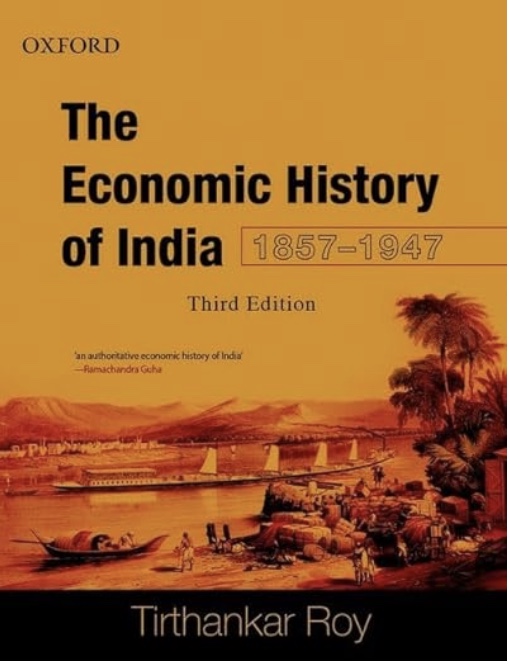
Indian Economy after Independence
This is a very detailed paper. We need to cover
Sector wise : Agriculture, Industry, Services, Trade, Public Finance and Monetary System
Problem wise : Inflation, Unemployment, Labour, Poverty
Indian economy’s each topic, should be dealt in three ways, causes, government actions, suggestions. Tackle each topic of the syllabus, at least in these three ways
One book which I recommend is Uma Kapila and other one you can have is Datt and Sundharam. My preference is Uma Kapila
- Uma Kapila, Performance and Policies
- Datt and Sundharam, Indian Economy
